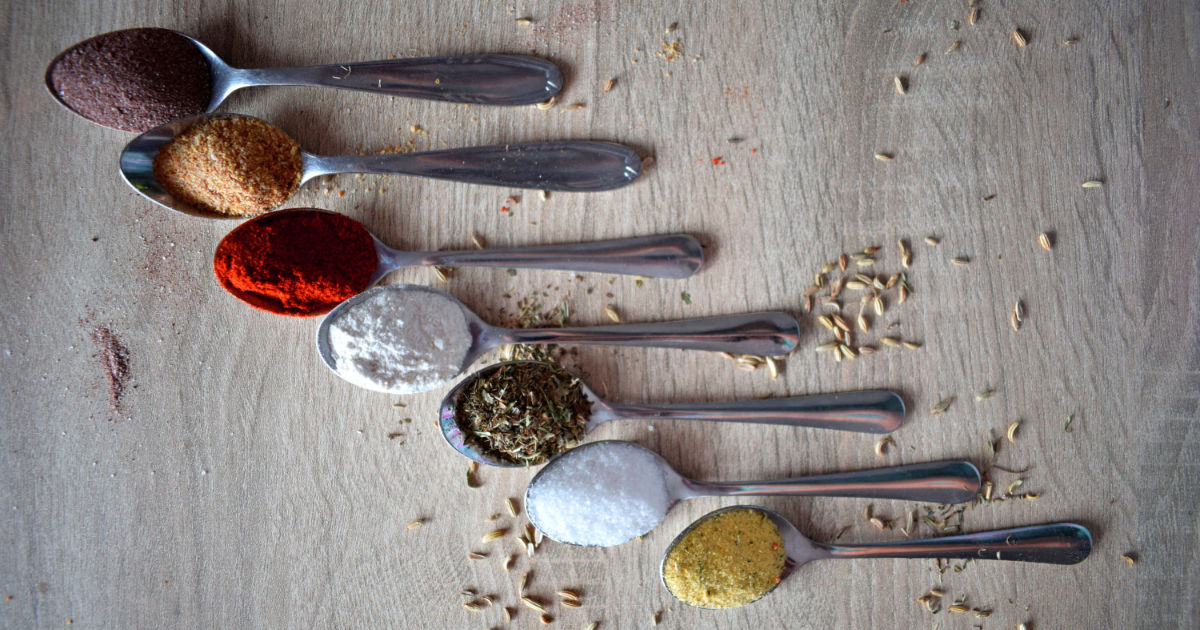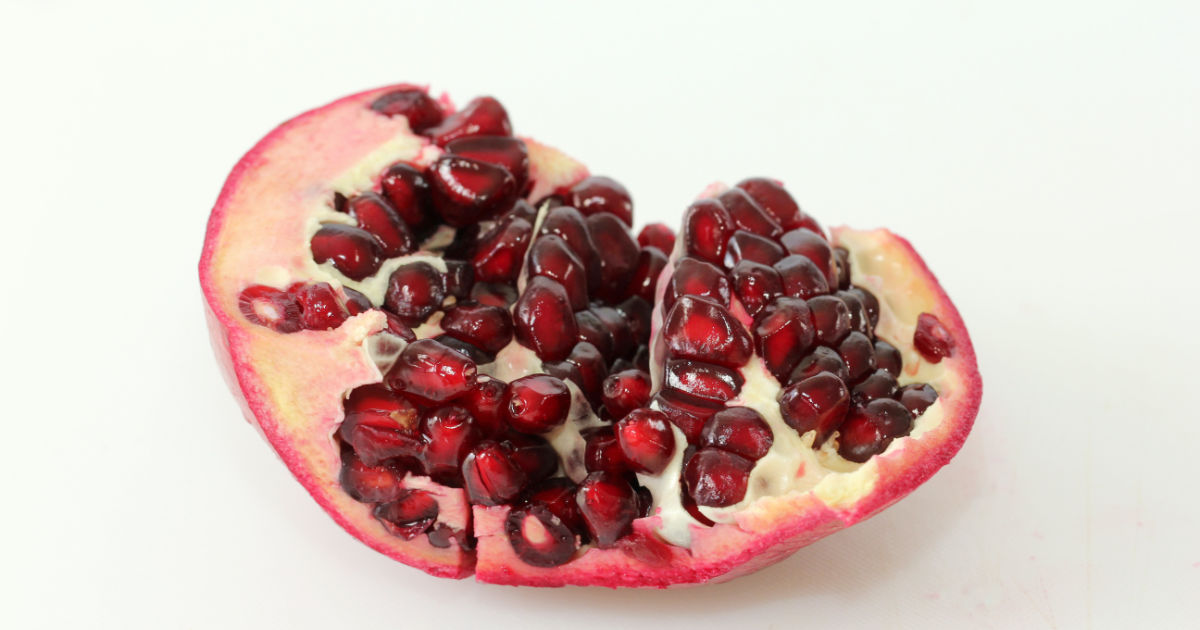How we can we use our senses to appreciate our life? Our senses gather and respond and we notice the world around us. Our senses make us aware of the others in our world. We are not alone ever. Many of us as we age, think that we are invisible and that is because we are switching of the awareness of our senses. Continue reading
Tag Archives: taste
284 – The six tastes which influence us
The six tastes which influence us are sweet, salt, pungent, sour, astringent and bitter. It is very important to have them all in our daily cuisine. These tastes and flavor reach different parts of our tongue and they influence our nature. Excess of any taste is harmful for us. When we eat we must eat slowly and calmly. There should be no hurry and our attention should be wholly on our plate. There is a simple rule and that is to have all six tastes and as many colors on our plate as possible. Continue reading
282 – Light, cool, clear, drying and harsh
Astringent taste is derived from the air and earth element. It is a flavor of dryness that is generally produced by tannins in the bark, leaves and outer rind of fruits and trees. It causes the mucous membrane in the mouth to contract and results in a dry and puckering feeling in the mouth. It is cooling, drying and heavy. Continue reading
250 – Empower your child
Look into a mirror, it shows your reflection. If the mirror is cracked, it will reflect a cracked image. The mind of a child if it is disturbed or upset will reveal an unwholesome likeness. In order to enable the child to review her/him/self equably, we have to work on the process of one-pointedness. Continue reading
246 – Our eight senses
We have eight senses, and they all require prana management. Our five senses which we are familiar with are sight (vision), sound (hearing), smell (olfaction), taste (gustation), touch (tactile perception), and the three senses we are not so familiar with are vestibular (balance), prioceptive (movement) and introceptive (internal). Let us take a quick look at them. Continue reading





